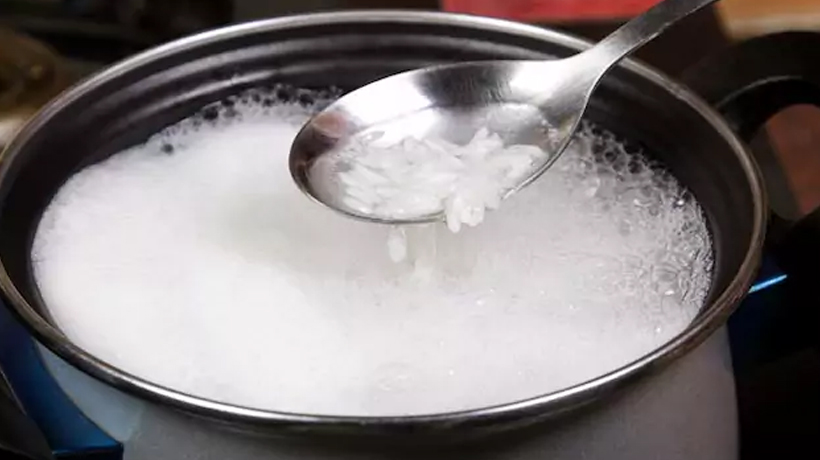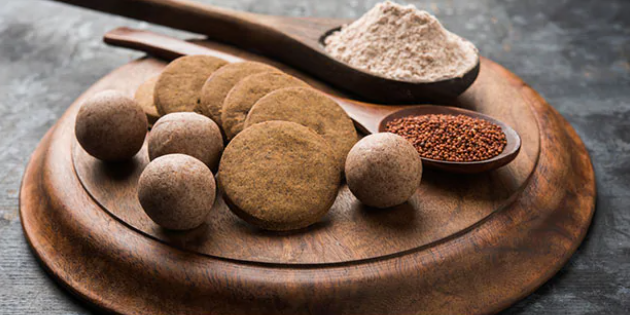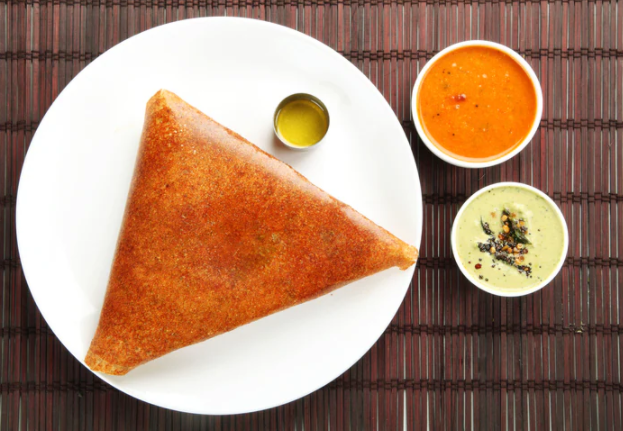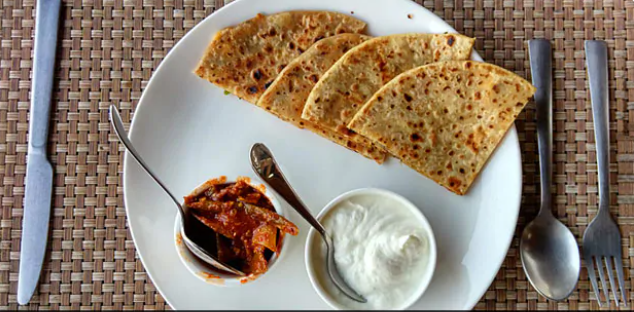Trending Now
- 830 voters names go missing in Kavundampalayam constituency
- If BJP comes to power we shall consider bringing back electoral bonds: Nirmala Sitaraman
- Monitoring at check posts between Kerala and TN intensified as bird flu gets virulent in Kerala
Health Matters
How To Clean Rice Properly: A Step-By-Step Guide
![]() May 22, 2018
May 22, 2018
Rice is one of the most popular food grains around the world. Almost every cuisine uses the starchy grain with meat and vegetables. One of the reasons for the popularity of rice is that it’s easily available, easy-to-cook, nutritious and goes well with almost anything. Whether you love your rice with sautéed vegetables or with grilled meats and curry, or you fancy getting your starch load in the form of desserts, rice is a very useful food grain. White rice also has a very long shelf life and fills you up easily. From quick fixes to elaborate and complex dishes, white rice can be used in a number of Indian dishes. However, most of the store-bought rice has chock-full of pesticides, which we’re sure you certainly don’t find very palatable.Although in the era of the packaged foods, the small insects that our mothers used to clean out of white rice have become less common, it’s still very important to clean your rice properly before cooking them. Even packaged white rice can be loaded with chemicals from pesticides and hence, require a thorough rinsing and cleaning before you go ahead and put them in the pressure cooker or steamer.
Here’s a step-by-step guide to cleaning white rice properly:
1. Take a wide, deep and preferably transparent bowl and pour your cup of rice in it. The transparency of the bowl allows you to spot any dirt that the rice may contain. A lot of people nowadays use a special utensil called rice colander, which has extra small holes to drain the water without letting slip any rice grains.
2. Pour water into the bowl, until the rice is completely submerged in the water. Use three times the amount of water as the rice to clean the rice properly. You may want to use clean potable water for this purpose only, as tap water may contain germs.
Also Read: Types of Rice: 5 Popular Rice Varieties from the South Indian Kitchen
3. With clean hands, stir the rice around the bowl to rub the grains against each other and remove the dirt and impurities. You will soon see the water in your bowl turn translucent and then an opaque milky colour as you shake the rice in the water.
4. Let the rice settle at the bottom of the bowl and then slowly tilt the bowl to drain out the milky water on top. This water contains starch and maybe reserved for further use in dishes or can also be simply drained in the sink, if there’s no use for it.
5. Repeat the process until the water has turned clear and the rice is devoid of any dirt and pesticides.
Also Read: What Kind of Rice is Best for Weight Loss?
6. At this point, you may transfer the rice into your cooking vessel or if you want an extra soft and fluffy texture, you may choose to punch the rice gently with your fingers.
Rinsing your rice properly is important for removing the starch that clings to the rice grains. If the rice is cooked straight away or isn’t cleaned properly, the starch in the cooked rice may cause it to clump together, giving it an unappetizing texture and feel. However, if you are making a rice dish where the grains need to be sticky, you may want to skip the thorough rinsing process. Same is the case for fortified rice, which may lose their vitamins and minerals when rinsed too much.























